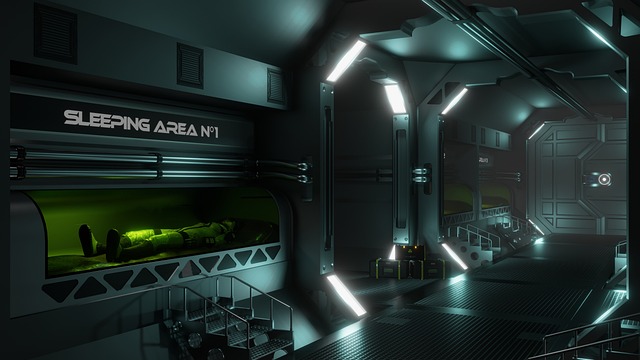Uncovering the Depths of Spatial Effects in Painting
When you gaze upon a painting, what draws you in? Is it the play of colors, the brushstrokes, or perhaps the way the image feels almost alive with depth? This sensation is often the result of spatial effects, a subtle yet powerful element that artists use to breathe life into their work.
Imagine standing in front of a canvas and feeling as though you could step into the scene. The trees don’t just exist on a flat surface; they seem to tower above you, reaching into the sky. The mountain peaks stretch far into the distance, and the shadows cast by a setting sun invite you deeper into the landscape. This illusion of space, this harmonic balance between foreground and background, is what creates that immersive experience.
In the realm of painting, spatial effects are not just about replicating reality but about evoking emotion and directing the viewer’s gaze. Artists manipulate spatial cues—such as perspective, scale, overlapping forms, and chiaroscuro—to orchestrate a visual journey. These techniques compel your eyes to wander from the focal point to the edges, unraveling a narrative that exists beyond the flat plane of the canvas.
The beauty of exploring dimension through spatial effects lies in its ability to connect us with the artwork on a personal level. Whether it’s the cozy intimacy of a still-life arrangement or the vast grandeur of an abstract landscape, the depth perceived invites reflection and emotional resonance. It reminds us that art is more than visual—it’s an experience that stirs the senses and evokes our innate understanding of space and presence.
Next time you find yourself drawn to a painting, pause and ask: how does it create space? What techniques sculpt the layers that make the image come alive? In embracing these spatial harmonies, painting transforms from a mere image into an evocative dialogue between artist and observer, creating a shared moment suspended beautifully in time.




